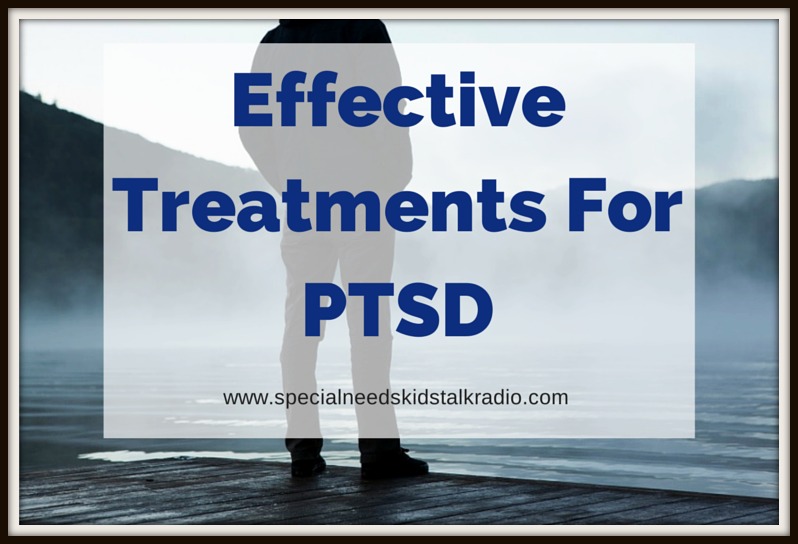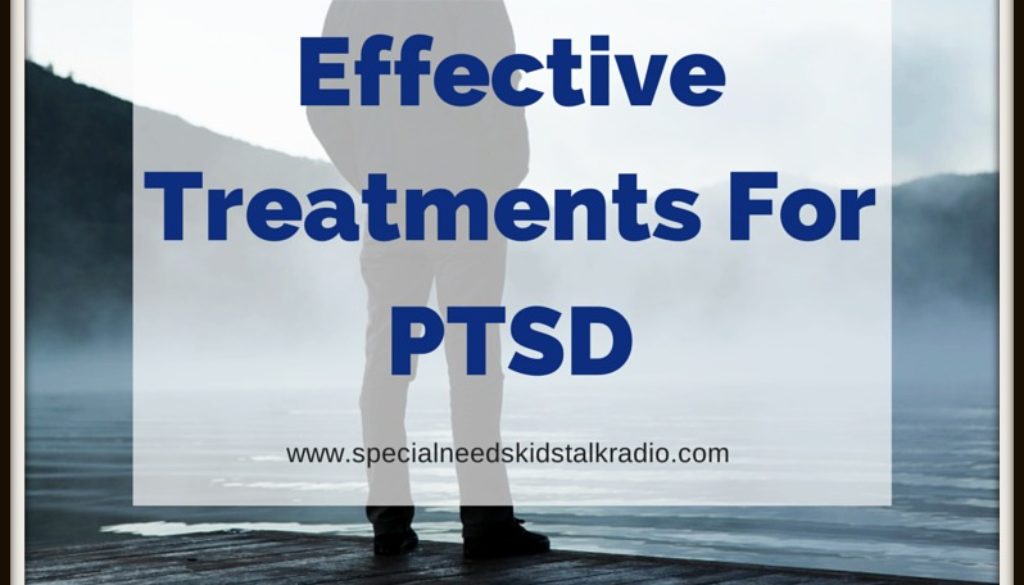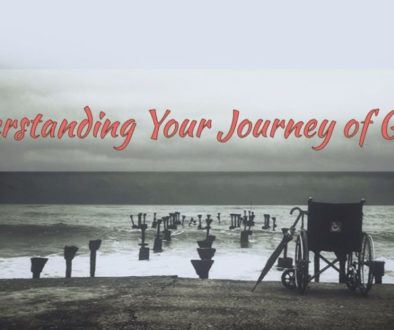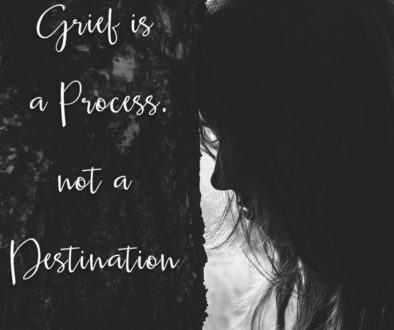Effective Treatments For PTSD

Last week I shared how I believed that Kelli Stapleton had PTSD due to the physical trauma she suffered during her life with one of her daughters. I read just last night in an article, that indeed, she did have PTSD. Sadly, it appears that she may have also had some other mental illness before or in conjunction with the disorder.
I don’t know what it was like to live in her situation, but I do know that having lived with violence in my own home, it can cause odd reactions to normal situations. I would guess that it could push a person over the edge, and we do hear of this happening with soldiers after they come home from war.
This quote from an expert at the trial really summed up the overreaction that PTSD can cause for someone, specifically the firecracker /grenade example; “After being hit so much, she suffered from PTSD, so that when her hair was pulled at the front door that day, she was primed to mistake a firecracker for a grenade.” sourced here
In last week’s article, PTSD-Kellie Stapeleton -How much must we take?, I shared what common symptoms might look like in different groups of our general population. From soldiers and first responders, to mothers and other caregivers, the body and mind take over in order to try and protect the person, often without the person fully realizing what they are doing. It’s a long term fight or flight reaction that the body and/or mind can’t fully let go of.
Unfortunately, symptoms may occur immediately after a traumatic experience or even months or years later.
Because not everyone reacts in quite the same way, not every treatment will work for each person. However, there are several ways to get treatment and help alleviate or get rid of the disorder.
I am not a mental health expert, so please seek treatment from a licensed professional and don’t just take my word on this issue.
Some Effective Treatments For PTSD
1. Traditional “Talk Therapy” – Talking it through for PTSD patients is sometimes the best way to treat the disorder. Counselors and psychotherapists that are specially trained in PTSD treatment can, usually, help the person find closure for the traumatic incident that has caused such a lifestyle change.
2. Cognitive Therapy – This type of therapy helps a PTSD patient realize that events that took place weren’t his fault and helps alleviate feelings of guilt. A therapist listens to the PTSD patient describe the traumatic event(s) in detail and then helps the person understand the incident and why it happened.
When the patient demonstrates that he or she has a good understanding of the event, he then knows that he was suffering stress because of his thoughts about the situation.
The next step is to learn to replace the frightening and negative thought with less traumatic thoughts and put the incident into perspective. These therapy sessions will help the patient learn how to cope with fear, anger and guilt that often plague people after a traumatic experience.
3. Exposure Therapy – Eliminating fear is one of the goals of exposure therapy and is based on the theory that after a traumatic event happens, a person learns to be afraid of thoughts, feelings and circumstances that remind him of the traumatic happening.
A therapist can help the PTSD patient control those thoughts and feelings and learn how not to be frightened of the memories associated with the event. A PTSD patient might spend most of his life focusing on memories of the event and reliving it.
Exposure therapy can help “desensitize” the patient’s reaction to the memories and replace them with less stressful thoughts. Relaxing is key to successful exposure therapy and the therapist might use breathing exercises to help with this.
4. Support Groups – A supportive group of people can help PTSD patients overcome their fears and emotions. A group can be family members since they are most affected by the person’s PTSD.
A good therapist will help the patient and family communicate with each other and voice concerns. Honesty is paramount in family group therapy and can help mend and foster relationships.
A supportive group therapy may also be with those who have experienced the same or similar traumatic experiences. Sharing stories and emotions with others who are in the same boat helps each person build trust and self-confidence and realize that he’s not alone.
5. EMDR (Eye Movement Desensitization and Reprocessing) – An experienced counselor will help the patient change reactions to remembering a traumatic experience by focusing on the memories while performing certain actions.
Actions a patient might perform could be eye movements, sounds and tapping. The conclusion about EMDR is out as to how it works to solve problems, but studies suggest that PTSD patients experience fewer symptoms after the therapy.
6. Light Therapy – One of the problems with PTSD is that sufferers have trouble sleeping. Light therapy has been shown to drastically reduce symptoms of PTSD and is a very inexpensive method of treatment.
Bright lights affect a person’s internal clock and metabolism and also cause positive reaction to inflammation, immune system and stress such as that caused by traumatic experiences. Depression can also be alleviated with light therapy.
7. Dog Therapy – It may seem out of the box, but dog therapy has been found to seriously help those who may be suffering from PTSD. A dog is known as a “soldier’s best friend,” and many dogs have had specific training to help soldiers with PTSD as a result of combat stress and experiences.
Dogs can help patients express and feel love again, they are great companions for those who feel alone and they can help reduce stress, frustration and feelings of loneliness by encouraging outdoor walks and socialization with new people.
Dog therapy for PTSD patients hasn’t definitely been proven to be an effective treatment for PTSD, but you may talk to your doctor or therapist about acquiring an emotional support dog that has been trained to help provide companionship for the patient.
8. Yoga – Even the military is now using this ancient Eastern practice to treat soldiers with symptoms of PTSD and recognize its ability to help patients gain an awareness of his or her feelings and heal from the experience.
Yoga brings a sense of calm to both the mind and body and those who suffer from PTSD find that it helps them see things differently and recover enough to go on with their lives rather than reliving the past.
Anxiety caused by PTSD can also be relieved by practicing Yoga. The poses, stretching and meditative thoughts soothe mangled nerves and allow the person to calm him or herself without using medication, alcohol or other means to seek relief.
Recovering from PTSD
Recovery from PTSD can take a long time, depending on how fast it’s recognized in the patient as a problem and treatment it obtained. There are health professionals who specialize in the treatment of PTSD and can diagnose and prescribe the treatment that’s going to be of most help for a child, woman, man or soldier.
Most treatment lasts from six to twelve weeks, but it could take more time, depending on the severity of the disorder. Even with good and helpful treatments available, the person with PTSD may not recognize they’re having a problem.
Sometimes PTSD can be treated by an antidepressant medication or SSRIs (selective serotonin reuptake inhibitors) that can help with feelings of sadness and worry. Much of what causes PTSD are the chemicals in the brain – and the lack of serotonin – so medications can be used with some success.
If you or a loved one is under treatment for PTSD, make sure you ask the therapist or health care professional how long the treatment may take and what you can expect from it.
It’s very important that loved ones or others close to the patient get him or her to a therapist as soon as possible, so helping the person recognize the PTSD is vital. Make sure you research and discover all you can about the symptoms of PTSD, treatment and recovery options.
Online help is readily available through sites like www.ptsdhotline.com and your health care professional can also point you in the right direction to get help for PTSD.




Mel Day
10/23/2014 @ 2:37 PM
It’s an insidious thing, PSTD, and can rear it’s head at unexpected moments.
The important thing it to get treatment rather than bottling it up, living with it or feeling that you should be able to manage it yourself. If one treatment doesn’t work well enough, there is no harm in engaging a different therapeutic option that’s recognised.
Great coverage of a very difficult topic.
Mel Day recently posted…Website Plugins and Performance
Tamala
10/23/2014 @ 12:35 PM
WOW! There are so many great ways to help PTSD!! I am very interested in the Light Therapy and the EMDR therapy. They sound very interesting!!
Tamala recently posted…Season 2 Episode 5: Sil Lai Of Truth In Reality